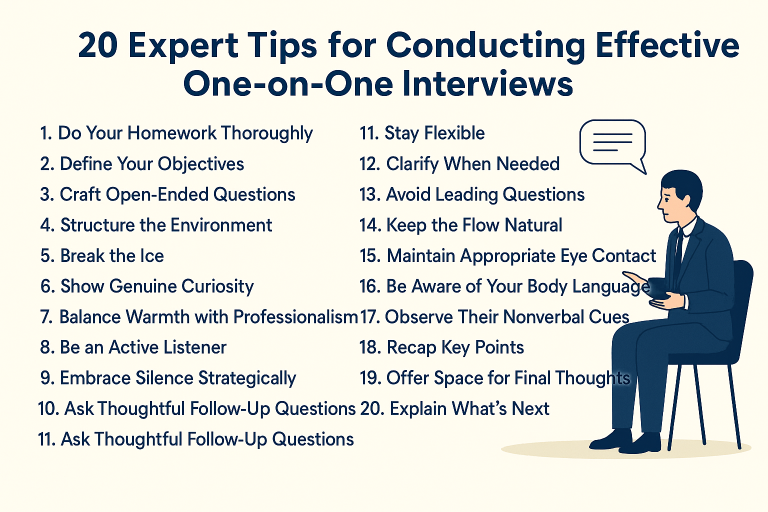French philosopher Jean-Jacques Rousseau once said, “Man is born free, and everywhere he is in chains.” In today’s context, it might be rephrased as: “Workers are born free, yet always confined to office cubicles.”
For many, the office has become a symbol of restriction and lack of freedom. The surreal-yet-realistic portrayal of modern work culture in the 2022 TV series Severance paints a haunting picture: employees stare at screens sorting meaningless numbers, completely unaware of what the data represents. Their work is stripped of both skill and significance.
It’s no surprise that many workers dream of escaping—to live and work in the open fields or peaceful towns. With the rise of digital technology and changing corporate practices, working from home or on the road has become a viable option. This article explores two emerging work styles embraced by white-collar professionals: remote work and digital nomadism.
What Are Remote Work and Digital Nomadism?
Remote workers and digital nomads are typically knowledge workers—people who deal with code, text, communication, or information. They don’t produce tangible, physical goods, making them ideally suited for non-material labor, which opens the door to flexible work locations.
However, not all industries are adaptable. A 2020 study in the U.S. found that 63% of jobs couldn’t shift to remote work due to their nature and tasks.
Remote work means performing job duties outside the office—such as from home, a café, or a coworking space. More radical versions include relocating to a different city or even rural areas.
Digital nomadism, on the other hand, goes beyond remote work. While it also relies on digital tools, its core focus is mobility. Digital nomads seek to enjoy travel and life while working, often moving between picturesque, lower-cost cities such as Chiang Mai, Bali, or Anji in China. According to Professor Yao Jianhua of Fudan University, China had 52 digital nomad communities as of February 2025.
The motto? “Work in joyful places, live in beautiful ones.” It’s about turning the drudgery of the daily grind into a poetic journey.
Remote Work: Balancing Work and Life
A 2022 report from Zhaopin and Peking University’s National School of Development found that 90% of job seekers preferred companies that allowed remote work after the pandemic.
The Benefits Are Clear:
- No commuting: Saving time, money, and energy significantly reduces stress.
- Lower living costs: Workers can relocate to slower-paced cities or rural areas.
- More autonomy: Without constant manager oversight, employees can manage their own schedules and tasks.
- Boosted productivity: Research shows that goal-oriented management—setting outcomes and deadlines rather than micromanaging—enhances trust and motivation.
One classic study from 2015 confirmed that remote work improved efficiency, reduced turnover, and created more value for companies.
So Why Isn’t It Mainstream Yet?
The answer lies with management. Remote work demands new oversight models and technical infrastructure—something many managers find uncomfortable. They still lean toward process- or time-based supervision and prefer face-to-face control in traditional offices.
This mindset dates back to the Industrial Revolution when workers were moved from homes to factories and trained to be obedient and collaborative. In today’s knowledge economy, especially in creative sectors, such rigidity is outdated. Creativity requires autonomy—not longer hours.
Remote work also helps companies save on real estate costs. It’s a win-win—but only if leadership can overcome outdated assumptions.
Still, remote work isn’t perfect. Common challenges include:
- Domestic distractions.
- Communication inefficiencies.
- Loneliness.
- Lack of self-discipline.
Hybrid workers may earn less and have fewer promotion opportunities compared to their in-office peers due to lower visibility.
One solution? Hybrid work models—e.g., 2 days remote, 3 days in office—strike a balance between autonomy and social connection.
Digital Nomadism: Living While Working
As of late 2023, there were an estimated 70 to 100 million digital nomads and potential digital nomads in mainland China alone.
Unlike remote employees with stable jobs, most digital nomads are freelancers. They rely on gigs and short-term contracts, focusing less on career and more on lifestyle—freedom, mobility, and diverse life experiences.
They practice what’s known as geographic arbitrage: earning in wealthy economies while living in affordable ones.
The ideal digital nomad enjoys high autonomy—no bosses, no offices, no overtime. Just diverse, engaging work and the flexibility to roam beaches and mountains, soaking in local cultures.
Two Freedoms of Digital Nomads
Philosopher Isaiah Berlin defined two types of freedom:
- Negative freedom: Freedom from interference.
- Positive freedom: Freedom to fulfill personal goals.
Digital nomads enjoy both. They escape managerial control and also design their lives around personal values—choosing where to live, what projects to take, and how to spend their time.
They also avoid the rigid hierarchies of corporate life, where individual impact often feels diluted. As freelancers, they own their results—both challenges and successes—which strengthens their sense of purpose and identity.
But the Reality Is Harsh for Many
An American report in 2021 revealed that most digital nomads give up the lifestyle within 3 years. Why?
Because stable, high-paying gigs are hard to come by. Many end up doing low-paid online piecework, far from the idealized image of freedom.
As Professor Yao’s research shows, many Chinese digital nomads fall into platform-based labor with unremarkable incomes. Some refer to themselves as “fake nomads”—scraping by with barely enough money to live.
In truth, most digital nomads are more like “digital laborers” or “digital refugees.”
Conclusion: Rethinking Work and Freedom
So what lessons do remote work, hybrid models, and digital nomadism offer us?
That freedom and autonomy at work matter deeply. Employees deserve the right to manage their time and take ownership of how they complete their tasks. This benefits both workers and employers.
These new work modes also force us to reflect on deeper questions:
- How do we balance work and family?
- How can we make work more meaningful?
- How do we enrich life beyond work?
The traditional 5-day office week is not an eternal law—it’s just a historical phase. We must explore more flexible, worker-friendly models: 4-day workweeks, cooperative models, or even new forms yet to emerge.
The goal isn’t just more efficiency—it’s to reclaim freedom and meaning in how we live and work.



